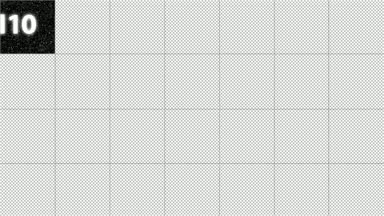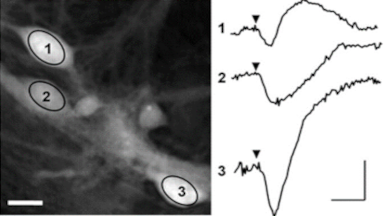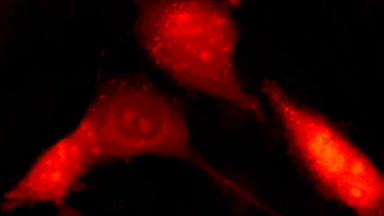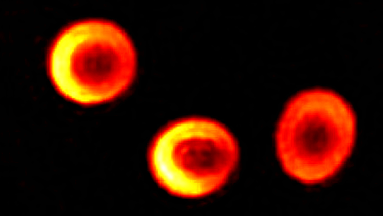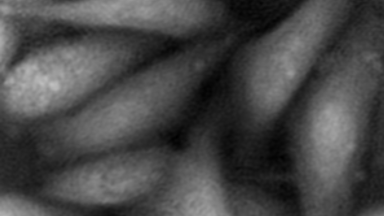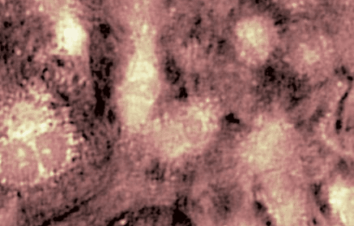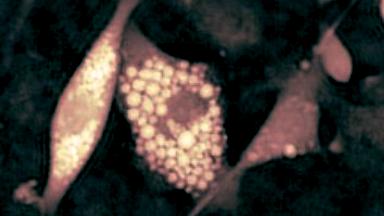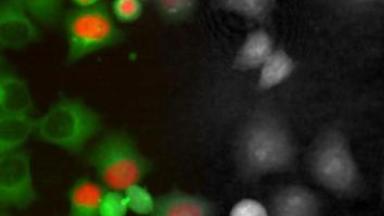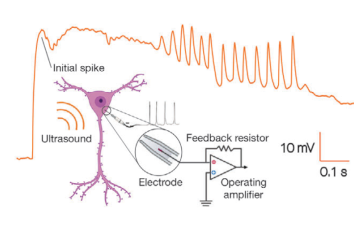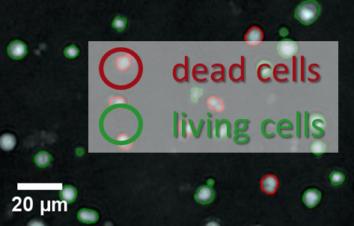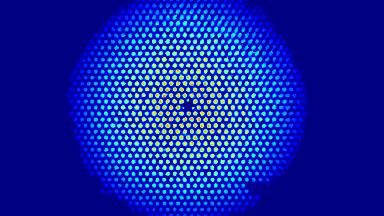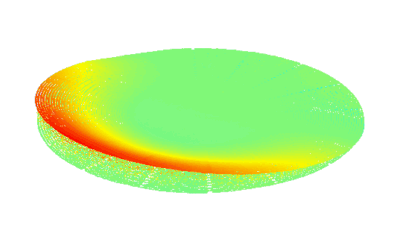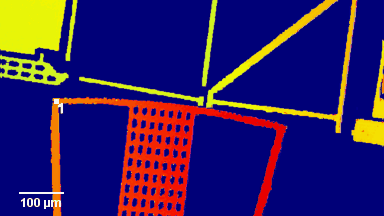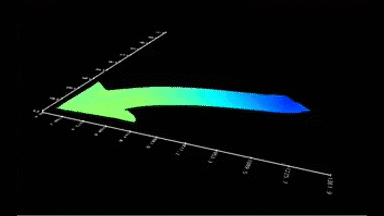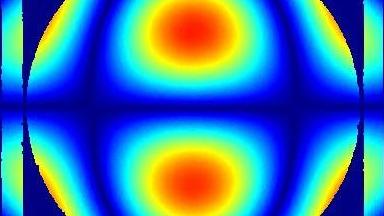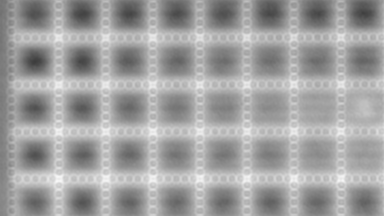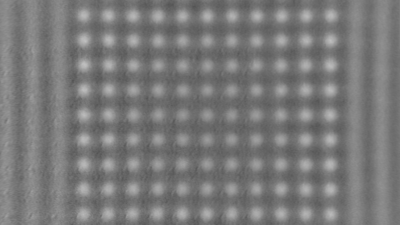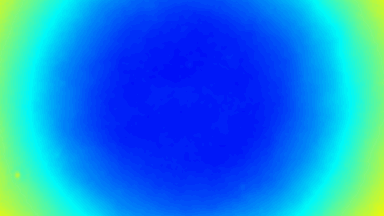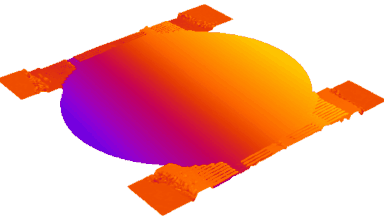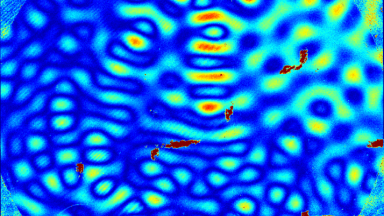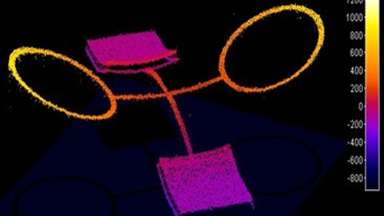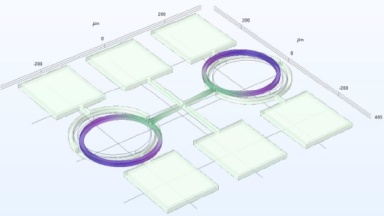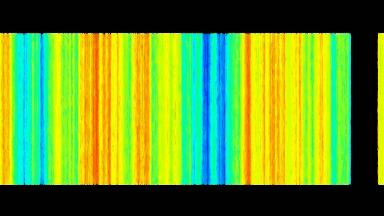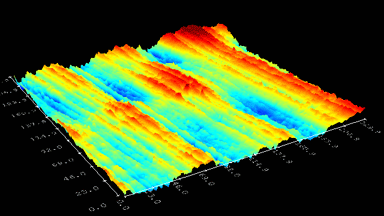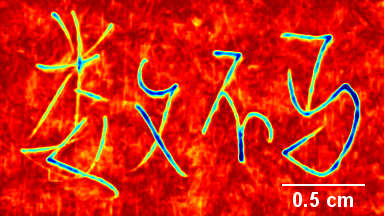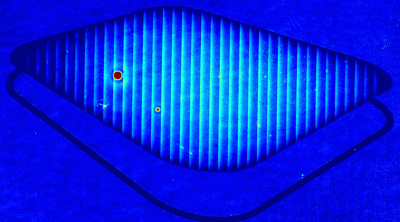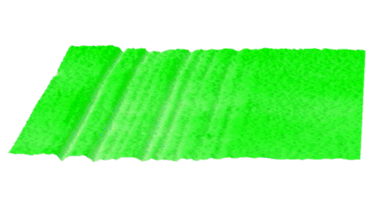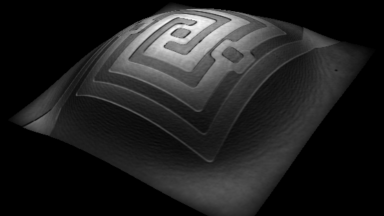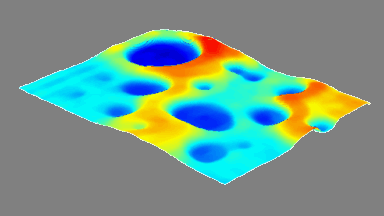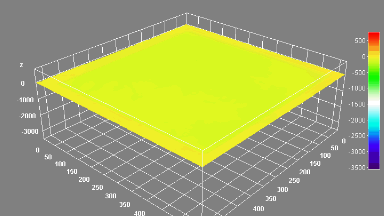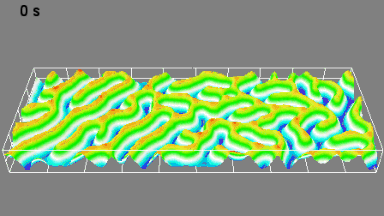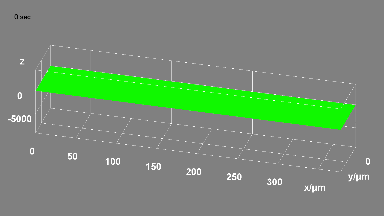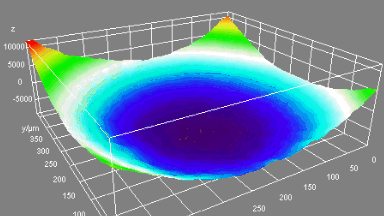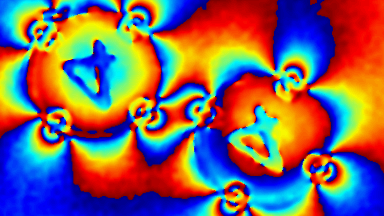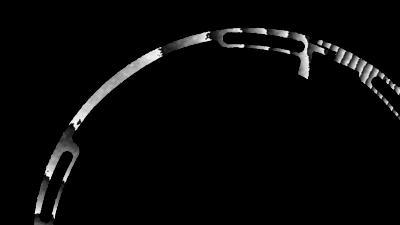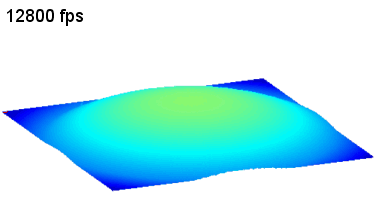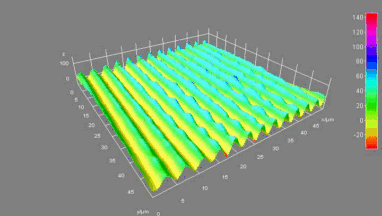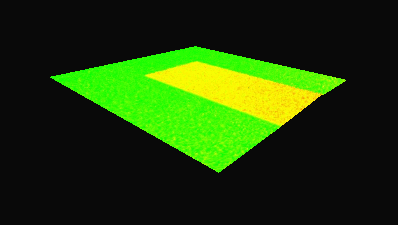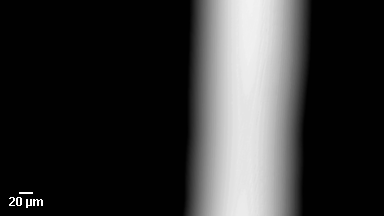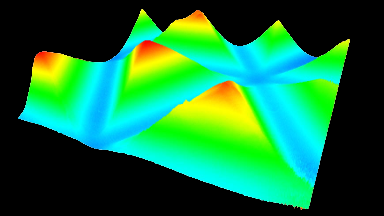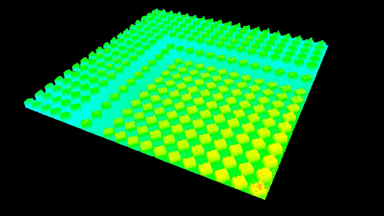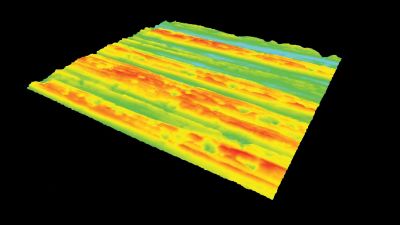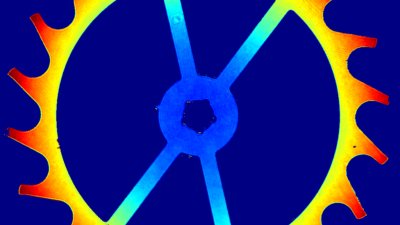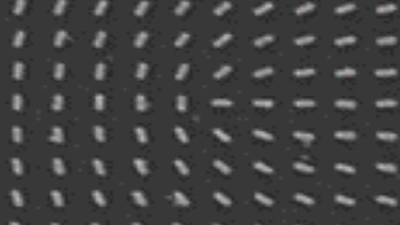Lipid droplets
Lipid droplets quantification
Quantification of lipid droplets production plays a critical role in bone marrow transplantation as it can delay the onset of a proper immune response and prolong intensive care treatment.
Unique advantages of Lyncée Tec DHM®
- Assessing adipocyte differentiation using current microscopy techniques involves cell staining and washing, while using flow cytometry involves cell retrieval in suspension. These methods induce biases, are difficult to reproduce, and involve tedious optimizations and high consumable cost (fluorescent dyes).
- DHM provides a label-free, non-perturbing means to quantify lipid droplets in differentiating adipocytes in a robust medium- to high-throughput manner.
- Spatial correlation with fluorescence allows to identify specific structures (lipid droplets).
- Fluorescence is only required for validation, when only phase imaging is used.
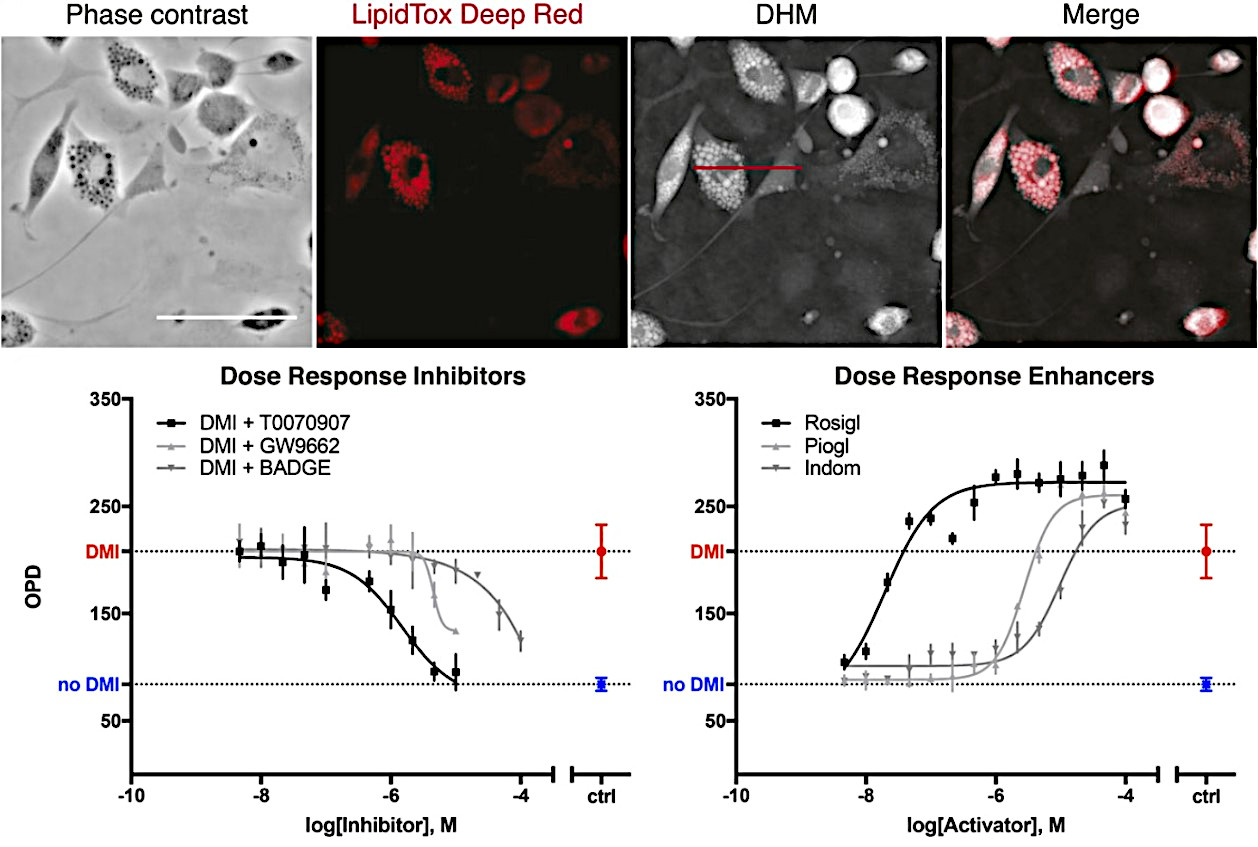
Material and methods
- Biological Model: OP9 bone marrow mesenchymal stromal cells (mice).
- DHM®: T1000, 10x/0.3 NA, 20x/0.4 NA with motorized stage , fluorescence module, and environmental control chamber.
- Data analysis: Automatic image acquisition and quantification of lipid droplets (based on their higher refractive index). Additionally other morphological features including cell confluence and cell death were extracted from DHM phase images to further quantify the physiological state of the cells.
Results
The screen identified novel inhibitors and enhancers of adipogenesis and identified potential novel therapeutic candidates.
The specificity of the DHM signal was validated using a fluorescent dye specific to lipids. Then all experiments were done without fluorescence (cost saving and to prevent detachment of cells due to the washing step required by the fluorescence staining protocol)
This research was conducted by the group of Prof. Naveiras at EPFL and CHUV hospital, Switzerland
Publication
High-throughput, nonperturbing quantification of lipid droplets with digital holographic microscopy
V. Campos et al., J Lipid Res. 2018 Jul; 59(7): 1301–1310
My laboratory works on the regulation of the reversible transition between mammalian yellow (adipocyitic) and red bone marrow (hematopoietic), as this naturally occurring process can be enhanced to increase safety and efficacy of hematopoietic stem cell (HSC) transplantation.
We recently developed a novel assay with DHM to easily assess the production of intracellular lipid droplets. Lyncée Tec microscope provide a boost in the identification of potential modulators of adipogenesis that would be impossible to obtain with other techniques.
